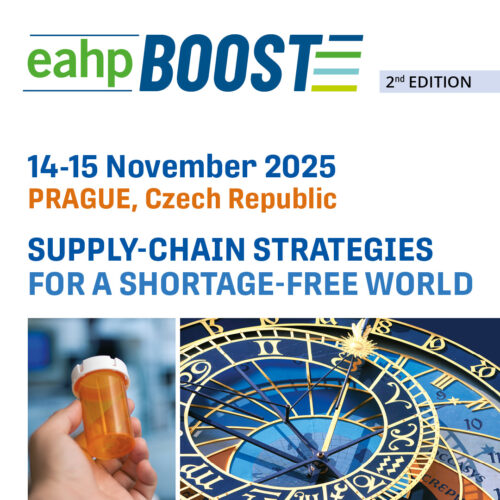Expanding hospital pharmacy services by centralizing the preparation of non-cytotoxic intravenous medications: A preliminary overview of the Italian community of APOTECA users
European Statement
Production and Compounding
Author(s)
Alessandro D’Arpino, Fiorenza Enrico, Caterina Donati, Simone Leoni, Giorgia Longobardo, Marco Bellero, Alessandra Bianco, Giuseppe Zacchi, Anna Zaltieri, Stefano Monica, Nicolò Squartini, Matteo Federici
Why was it done?
In most of Italian healthcare organizations, the large majority of non-cytotoxic IV medications are prepared in clinical environment by nursing staff. This is recognized as a complex and labour-intensive process that entails various risks of potential medication errors (microbial contamination, wrong reconstitution/dosing). Centralizing the preparation from the clinical environment to the pharmacy in order to provide ready-to-administer IV medications represents a strategy to improve safety and prevent medication errors.
What was done?
The community of APOTECA technology users is committed to fostering co-de¬sign of technology based on the hospitals’ needs and sharing best practices for improving hospital pharmacy services. During a meeting taken place in September 2021, a panel of hospital pharmacists belonging to APOTECA community laid the groundwork for centralized preparation of non-cytotoxic intravenous (IV) drugs and establishment of Central Intravenous Additive Service (CIVAS) in Italian hospital pharmacies.
How was it done?
The following methodology was adopted to promote a standard profile of centralization: (1) definition of criteria for the selection of drugs suitable for centralized preparation, (2) identification of IV medication classes for which preparation should be centralized due to intrinsic risks and demand, (3) evaluation of potential benefits, (4) discussion on organizational challenges regarding the establishment of CIVAS, (5) assessment of the role of automated preparation with robotics.
What has been achieved?
Five selection criteria to centralize drugs were mentioned: long-term stability data, frequency of use, cost, complexity of preparation, microbial contamination risk. Continuous infusion of antibiotics, vasoactive drugs, anaesthetics, pain medications, intravitreal injections, and patient-individual doses for paediatric patients were chosen as eligible IV medication classes to implement centralized preparation. Major benefits of centralization were pointed out, i.e. proper aseptic preparation, perspective quality controls, process traceability, reduced drug wastage, and releasing nursing time to care. Logistics, inventory management, limited space, and inadequate quality control units were identified as main challenges to the CIVAS establishment. Participants agreed that robotics plays an important role to minimize repetitive manual activities, optimize working efficiency, and increase pharmacy production capacity, thereby streamlining the introduction of CIVAS.
What next?
A close collaboration between healthcare staff and hospital pharmacy will be essential to evaluate the feasibility of centralized preparation as well as its clinical and cost-effectiveness.
























